Вы здесь
Fauna Ridge of Kopetdag.
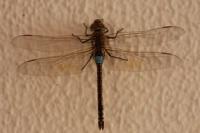
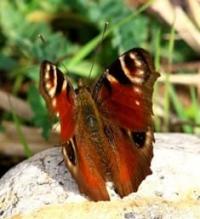
Natural Wonders of Turkmenistan.
“Animals are part of natural law, they have their rights because they are reasonable”.
Jean-Jacques Rousseau, 1754
Photo Gallery 100 Nature Wonders of Turkmenistan.
Kopetdag ridge (Turkic "multi-mountain", Turkm. Köpetdag) is located in the eastern part of the Balkan velayat, in the southern and southwestern parts of the Akhal velayat. The highest peak in the Turkmen part of the Kopetdag is Mount Chapan with a height of 2889, 2 meters above sea level, located in the main ridge of the Kopetdag on the border with Iran.
The northern slopes of the mountain are located on the territory of Turkmenistan, the southern slopes are on the territory of Iran. The second highest mountain of the Kopetdag ridge is Mount Shah-Shah with a height of 2863.7 meters above sea level, located 2.9 kilometers east of Mount Chapan in the main ridge of the Kopetdag.
The third highest mountain is Mount Bozy-Yamo with a height of 2690.7 meters above sea level, located 14.4 kilometers southeast of Mount Chapan, located in the Saandak border range on the border with Iran. The highest mountain of the Kopetdag ridge - Riza is located on the territory of Iran with a height of 2942.1 meters above sea level in the southeast of Mount Chapan.
Kopetdag is a regional zone of the Turkmen Khorasan Mountains, forming the northern border of the Iranian Highlands. Within the Turkmen territory, Kopetdag is located on its northern edge, narrow in the east and expanding to the west.
The relatively low, but steep and rocky mountains on the north side of the Kopetdag Mountains constitute a sharp contrast to the Karakum plain stretching to the north. Kopetdag devoid of eternal snow and glaciers.
Therefore, the valleys in the mountains are shallow and the mountains are deserted. There are no mountain glacier landforms here either. The highest peak in the Turkmen part of Kopetdag is Mount Rize, which is 2,942 meters above sea level, located south-west of Ashgabat.
Many inhabitants of desert piedmont plains penetrate the desert and semi-desert foothills of the Kopetdag. Characteristic are Persian gerbil (Meriones persicum), hamster (Calomyscus bailwardi), and reddish pika (Ochotona rufescens), which are not found on the desert plains.
Among the predators are the manul cat (Otocolobus manul), the hyena, the Indian honey badger (Mellivora indica). Reptiles are characterized by a snake arrow and a very poisonous desert viper of gyurza (Vipera lebetina).
In the mountain steppes of Kopetdag, there are Afghan mole-darling, Trans-Caspian vole, gray hamster, gyurza, porcupine (Hystrix hirsutirostris) and Kopetdag mountain ram (Ovis orientalis cycloceros). Wild boar, leopard (Felis pardus), forest dormouse (Dryomys nitedula bilkjewiczi) live in woody shrub thickets.
Green woodpecker (Picus viridis carelini) and blackbird (Turdus merula) nest. In the shaded damp places, in the bush thickets in the river valleys and in the rocks near the mountain sources, there is a cobra (spectacle snake - Naja naja oxiana), the bite of which is lethal to humans.
In this high-altitude zone there are also wild boars, occasionally leopards, in addition, the tolai hare (Lepus tolai) and the reddish pika. In summer, the mountain sheep, which is cool in the shade of trees, is not uncommon.
Common birds include common pigeon (Columba palumbus) and juniper (Mycerobas carnipes). On large trees, the juniper arranges nests of a black vulture (Aegypius monachus). A bezoar goat (Capra aegagrus turcmenica) is found on steep cliffs and steep cliffs near the tops of mountain ridges.
now voles (Microtus nivalis) and Caspian snow mountain (Tetraogallus caspius) inhabit the highest parts of the mountains. The vegetation cover of the desert high-altitude zone is dominated by ephemeral sedge bluegrass communities with a predominance of thick sedge, viviparous bluegrass and with characteristic representatives of large grasses, above changing by ephemeral wormwood, with Artemisia badghysi, A. sieberi, etc.) communities.
In the zone of high foothills and partly lowlands (350 - 500 m) semi-desert landscapes (desert steppe). The light gray lands here are replaced by ordinary ones, which are complex with dark, occupying the highest parts of lowlands and shaded slopes.
The vegetation of ephemeral wormwood semi-desert is common on ordinary gray lands, and subtropical steppes dominated by wheatgrass (Agropyron trichophorum) are developed on dark gray lands. Many inhabitants of desert piedmont plains penetrate the desert and semi-desert foothills of the Kopetdag.
Characteristic are Persian gerbil (Meriones persicum), hamster (Calomyscus bailwardi), and reddish pika (Ochotona rufescens), which are not found on the desert plains. Among the predators are the manul cat (Otocolobus manul), the hyena, the Indian honey badger (Mellivora indica).
Reptiles are characterized by a snake arrow and a very poisonous desert viper of gyurza (Vipera lebetina). The high mountains of Kopetdag correspond to the high-altitude zone of large cereal subtropical mountain steppes (500 - 1150 m). The mountain slopes cut by gorges have brown soils.
Geographic coordinates of Kopetdag ridge: N38°48'11.69" E56°23'19.14"
Geographic coordinates of Mount Chapan: N37°48'19.16" E58°02'39.09"
Geographic coordinates of Mount Shah Shah: N37°48'24.77" E58°04'37.44"
Geographical coordinates of Mount Bozyk-Yamo: N37°46'34.85" E58°12'14.15"
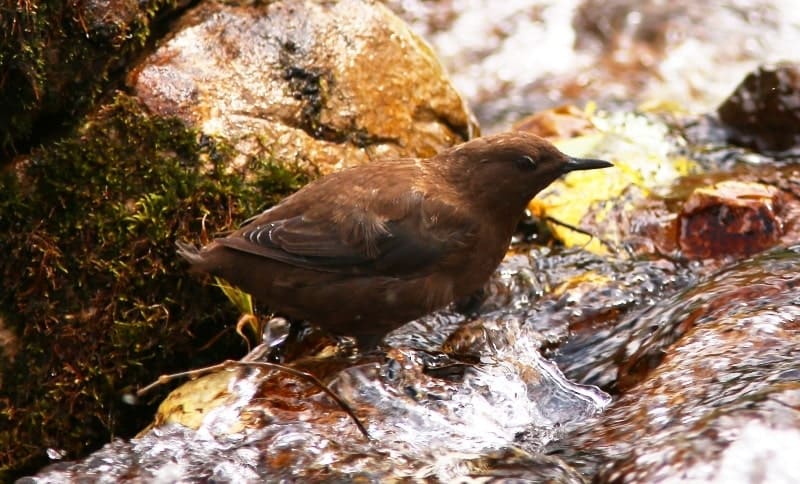
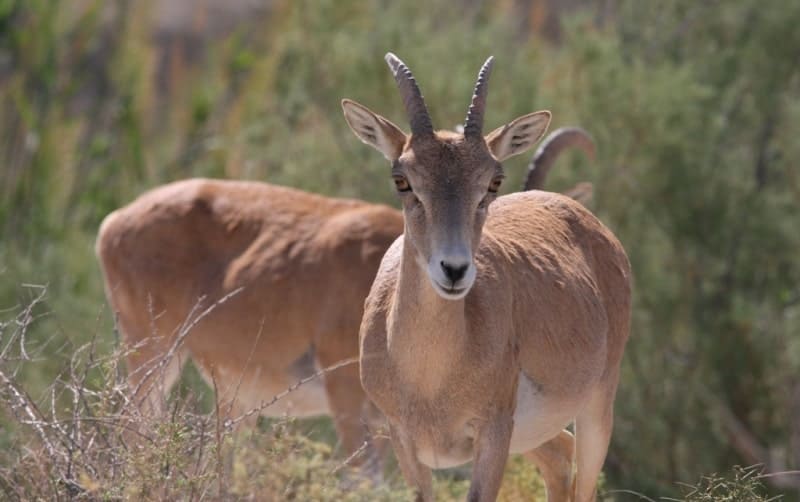
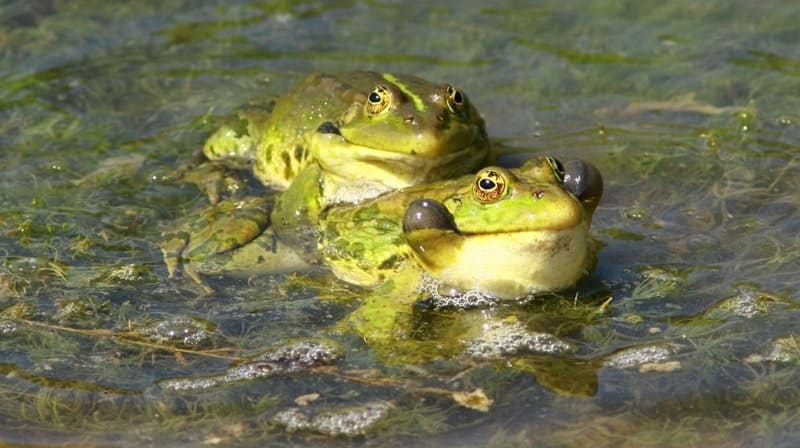
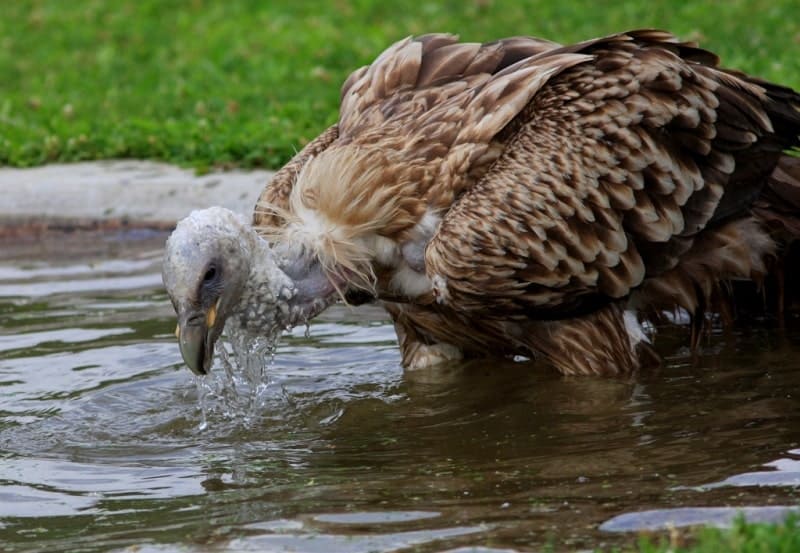
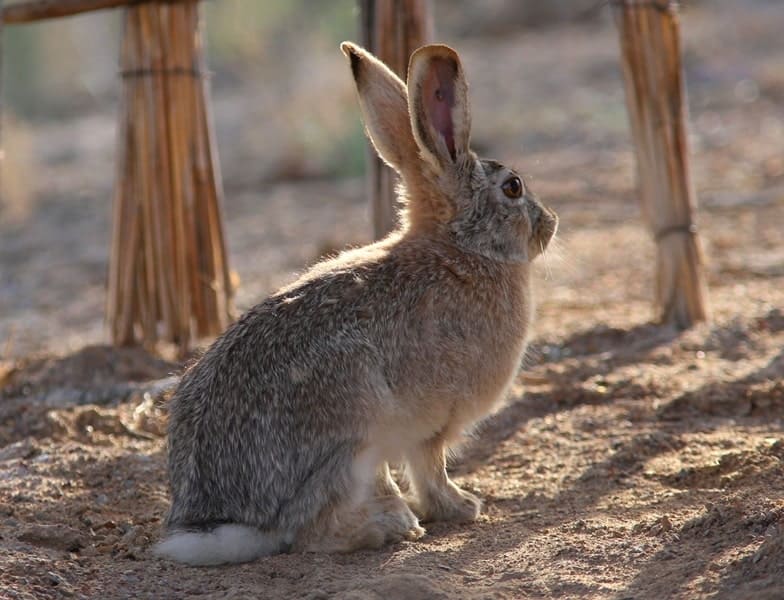
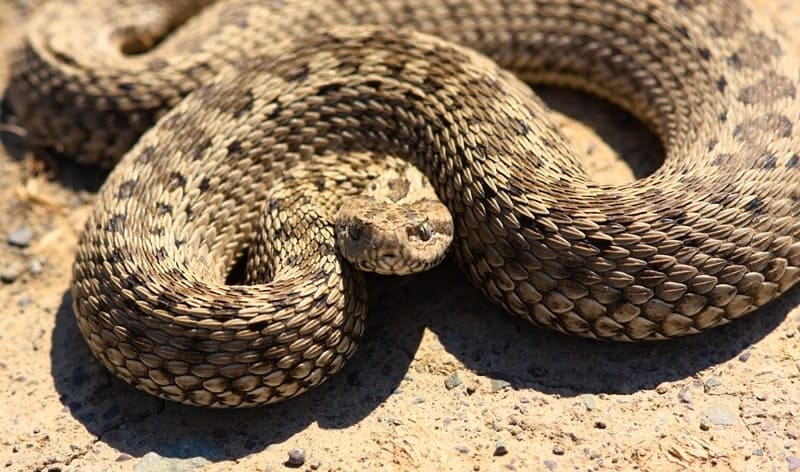
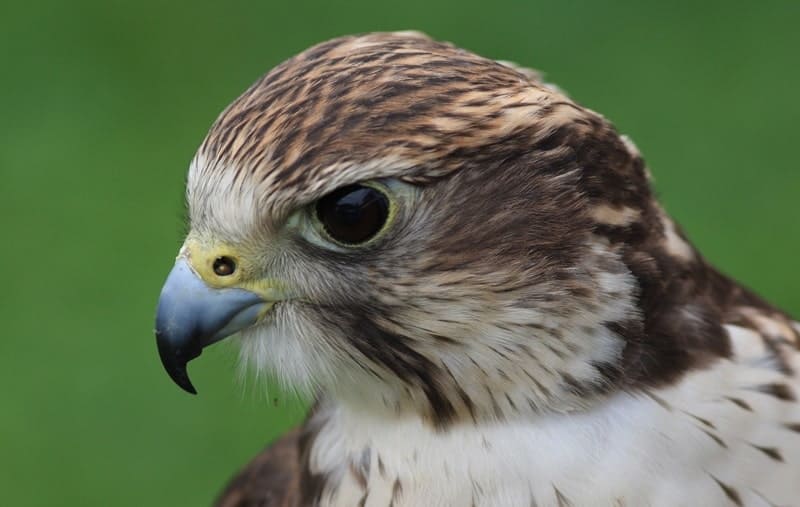
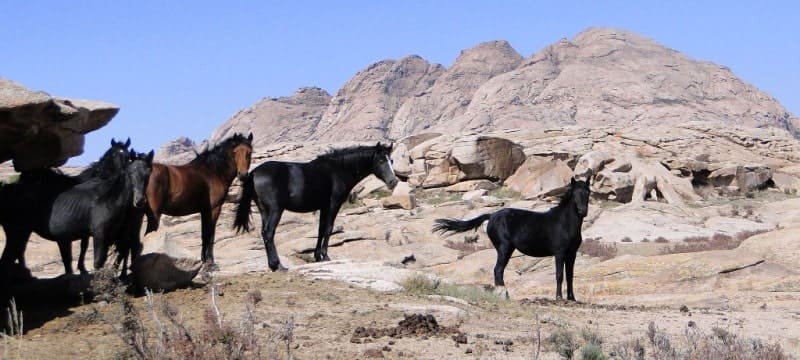
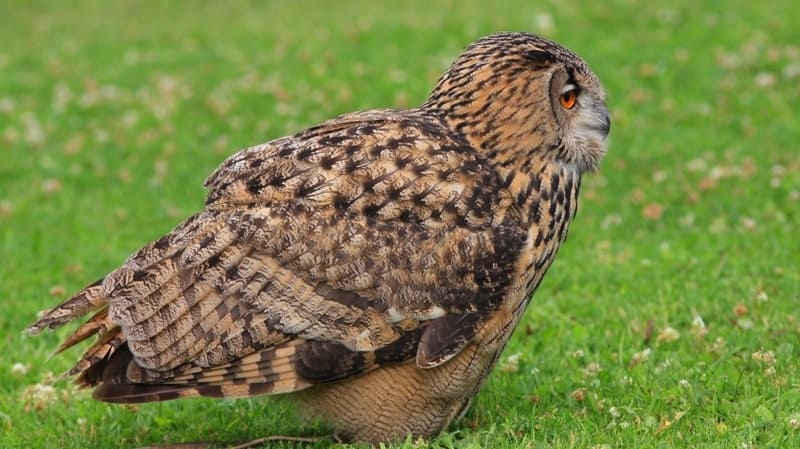
Authority:
N. A. Gvozdetsky, N. I. Mikhaylov. "Physical geography of the USSR. Asian part. The edition third corrected and added. Moscow "Thought" of 1978. http://tapemark.narod.ru/geograf/1_5_5.html
Photos by
Alexander Petrov.







